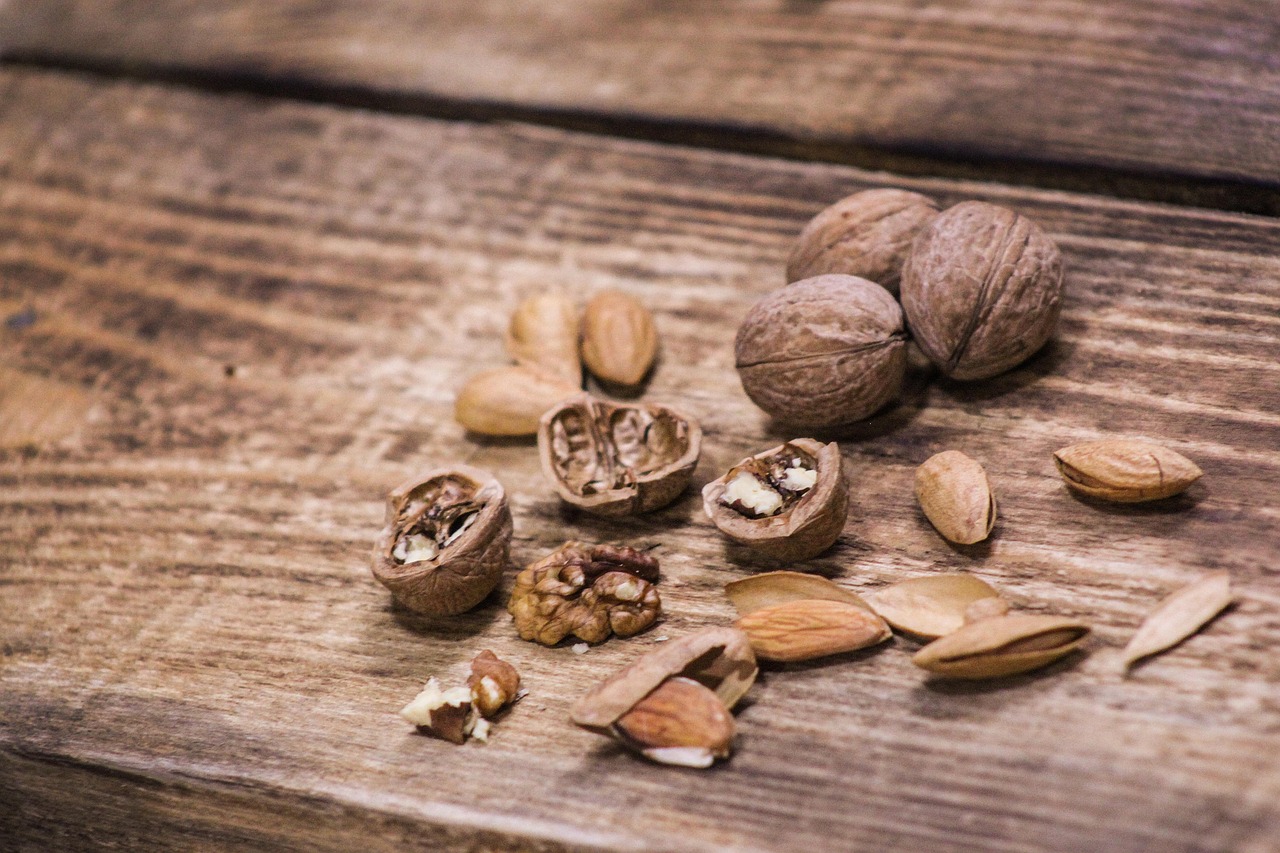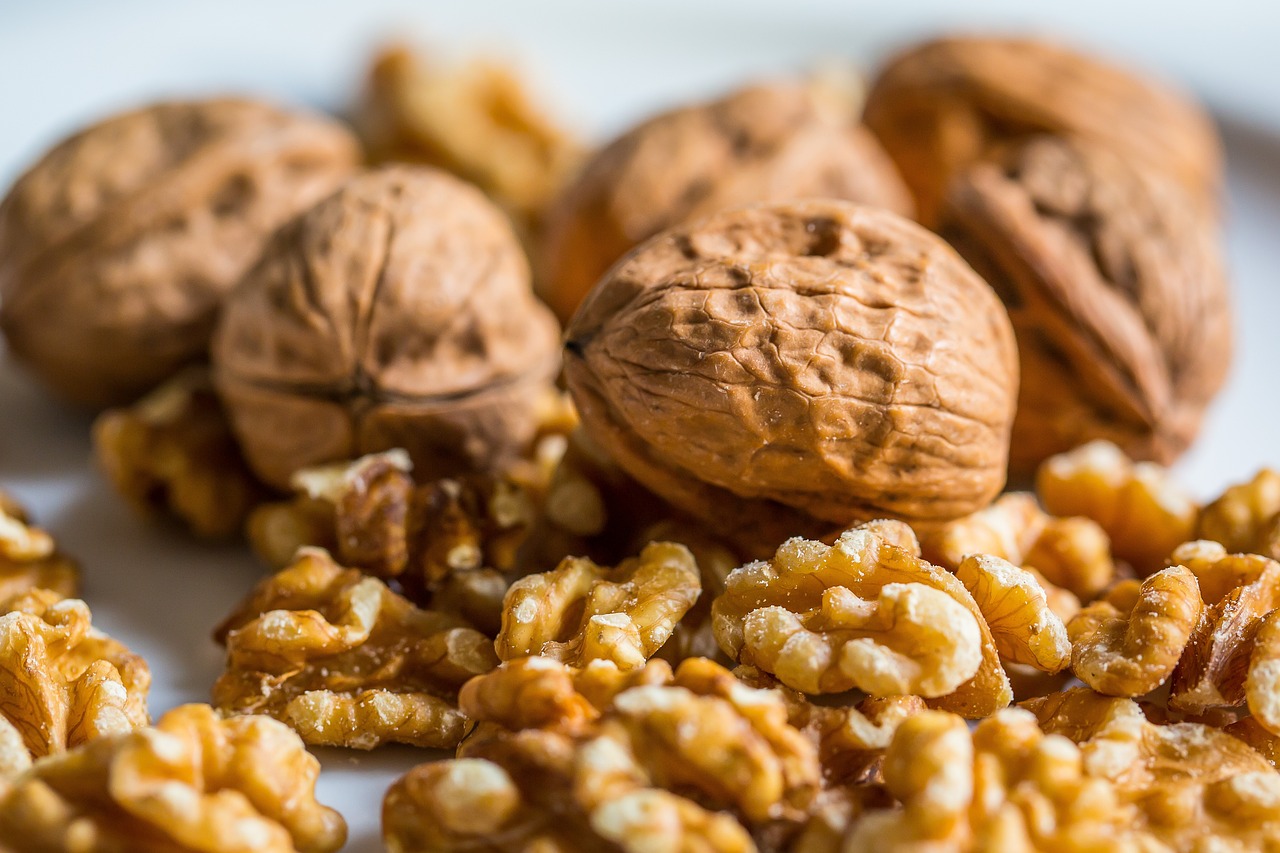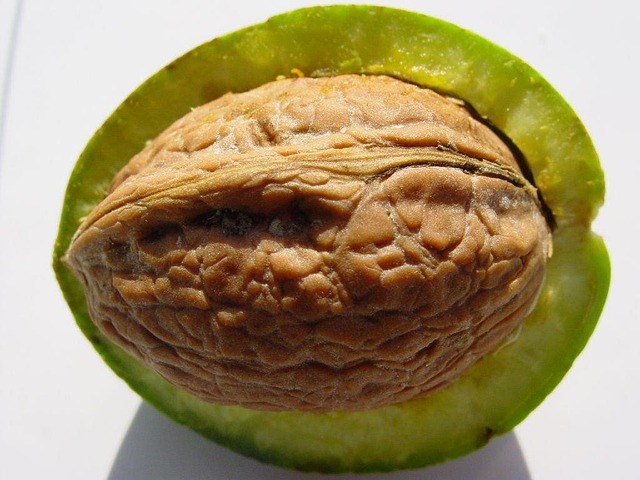1. Overview of the Global Walnut Market
1.1 Top Walnut Producing Countries
According to FAO and international trade databases, the leading producers of walnuts are:
CountryAnnual Production (metric tons)Notable Varieties
Notable Varieties | Annual production(metric tons) | Country |
|---|---|---|
Xin Xin,Wen 185 | ~1.1 million | China |
Chandler,Hartley | ~700,000 | United States(California) |
Persian Walnuts | ~400,000 | Iran |
Serr,Chandler | ~150,000 | Chile |
Local Landraces | ~120,000 | Ukraine |
While China and the U.S. dominate the market in terms of volume, Iran ranks among the top three producers and is renowned for its superior quality.
1.2 Global Demand Trends
- Health awareness is fueling walnut consumption due to its heart-healthy omega-3 fatty acids.
- Gourmet and natural food markets prefer walnuts with high oil content and natural flavor—qualities Iranian walnuts are known for.
- Demand for organic and non-GMO walnuts is increasing, especially in Europe and the Middle East.
2. What Makes Iranian Walnuts Superior?
2.1 Unique Terroir and Climatic Advantages
Iran’s mountainous terrain and diverse microclimates create ideal conditions for walnut cultivation:
- High altitudes (1000–2500m) promote slow, nutrient-rich growth.
- Cold winters and long, dry summers enhance kernel size and reduce disease risk.
- Natural spring water irrigation and minimal pesticide use result in clean, chemical-free nuts.
- 2.2 Distinctive Characteristics of Iranian Walnuts
- Chinese WalnutsAmerican(California)Iranian WalnutsFeatureThickMediumThin to mediumShell thicknessDarkerLightLight golden to amberKernel colorLow to moderate (55-65%)Moderate(65-75%)High(65-75%)Oil contentBitterMildRich, buttery, slightly sweetTasteOften weakSubtleStrong,naturalAromaRareRareCommonOrganic cultivation
- 2.3 High Oil Content and Nutritional Value
Iranian walnuts have an average oil content of 65–70%, which is higher than most commercial varieties, making them ideal for: - Cold-pressed walnut oil production
- Nutritional applications (omega-3, antioxidants, vitamin E)
- Premium confectionery and bakery products
- 3. Comparing Iranian Walnuts with International Competitors
3.1 Iranian vs. Californian Walnuts California dominates global exports due to large-scale mechanized farming. However, compared to Iranian walnuts:
California dominates global exports due to large-scale mechanized farming. However, compared to Iranian walnuts: - Californian walnuts are often machine-processed, reducing flavor.
- Lower oil content makes them less rich in aroma and taste.
- Uniformity is high, but organoleptic qualities are lower than Persian walnuts.
- Heavy chemical use is common.
Conclusion: Californian walnuts win in scalability, but Iranian walnuts win in taste, nutrition, and natural appeal.3.2 Iranian vs. Chinese Walnuts
scalability, but Iranian walnuts win in taste, nutrition, and natural appeal.3.2 Iranian vs. Chinese Walnuts
China is the world’s largest producer but primarily serves domestic consumption. Chinese walnuts:- Have thick shells, making cracking difficult.
- Are often small and lower in oil.
- Suffer from inconsistent quality due to varying local varieties.
- May be dried with high heat, affecting flavor and color.
Conclusion: Chinese walnuts are economical, but Iranian walnuts offer superior size, ease of use, and flavor.
3.3 Iranian vs. Chilean Walnuts Chile’s walnut industry is export-oriented and efficient. Chilean walnuts:
Chile’s walnut industry is export-oriented and efficient. Chilean walnuts:- Are well-processed and meet EU standards.
- Have lighter kernels but slightly lower oil content.
- Are harvested using mechanized methods, limiting traditional flavor preservation.
Conclusion: Chilean walnuts are consistent, but Iranian walnuts surpass them in richness and aroma.
3.4 Iranian vs. Ukrainian Walnuts Ukraine produces mostly local, landrace walnut varieties:
Ukraine produces mostly local, landrace walnut varieties:- Some are high quality but inconsistent.
- War and logistics issues affect supply.
- The nut flavor is moderate, not premium.
Conclusion: Ukraine has potential, but Iranian walnuts are more reliable and flavorful.
4. Iranian Walnut Varieties Some of the finest Persian walnut cultivars include:
Some of the finest Persian walnut cultivars include:- Damavand: Large, thin-shell, light-colored kernel.
- Kaleh-Ghouchi (Elephant Head): Round, excellent kernel ratio.
- Chandler (Iranian type): Adapted to Iranian climate, high-yield.
- Serr (Iranian clone): Thin-shelled, sweet kernel, early harvest.
- These varieties are hand-picked and sun-dried, preserving natural flavor and nutrients.
5. Environmental and Traditional Farming Benefits
Iranian farmers often follow traditional and organic farming methods: - Minimal chemical input makes the walnuts safer for consumption.
- Manual harvesting and sun-drying preserve natural taste.
- Farms are often family-run, ensuring quality control.
- These factors appeal to the growing market for organic, non-GMO, and sustainable food products.
6. Export Markets and Competitive Edge 6.1 Major Importers of Iranian Walnuts
6.1 Major Importers of Iranian Walnuts - India: High demand for kernels in sweets and cooking.
- Iraq and Gulf countries: Favor large, high-oil content nuts.
- Germany and France: Prefer organic and premium segments.
- Russia and CIS countries: Value price-to-quality balance.
- 6.2 Advantages of Buying Iranian Walnuts
- Competitive pricing for premium quality
- Natural processing methods
- Diverse product offerings: in-shell, kernels (halves, quarters), oil
- Growing export infrastructure and logistics
- 7. How Royal Azin Ghomes Provides Premium Iranian Walnuts
At Royal Azin Ghomes, we specialize in sourcing and exporting the finest Iranian agricultural products—including walnuts. Our competitive advantages include: - Sourcing from trusted farmers in Kerman, Hamedan, and Lorestan—Iran’s top walnut regions
- Offering both bulk and custom-packed walnuts (in-shell or kernels)
- Ensuring compliance with international food safety and packaging standards
- Providing consistent quality and responsive export services
- We are committed to building long-term partnerships and bringing the rich taste of Persian walnuts to global markets.
8. Conclusion Iranian walnuts are a culinary treasure and a nutritional powerhouse. Their superior taste, high oil content, traditional farming methods, and diverse varieties make them the best walnuts in the world. When compared with competitors from the U.S., China, Chile, and Ukraine, Iranian walnuts consistently lead in flavor, aroma, and health benefits.For importers, distributors, and consumers seeking premium quality and authentic flavor, Iranian walnuts are the gold standard—and Royal Azin Ghomes is your trusted supplier for global trade.
Iranian walnuts are a culinary treasure and a nutritional powerhouse. Their superior taste, high oil content, traditional farming methods, and diverse varieties make them the best walnuts in the world. When compared with competitors from the U.S., China, Chile, and Ukraine, Iranian walnuts consistently lead in flavor, aroma, and health benefits.For importers, distributors, and consumers seeking premium quality and authentic flavor, Iranian walnuts are the gold standard—and Royal Azin Ghomes is your trusted supplier for global trade.
Frequently Asked Questions (FAQs) Q1: Are Iranian walnuts organic?Yes, many Iranian walnuts are grown using organic or low-input traditional methods, especially in highland villages.
Q1: Are Iranian walnuts organic?Yes, many Iranian walnuts are grown using organic or low-input traditional methods, especially in highland villages.
Q2: Do Iranian walnuts have certifications?
Yes, many exporters like Royal Azin Ghomes offer products that meet ISO, HACCP, and organic export standards.
Q3: Can I buy Iranian walnuts in bulk?
Absolutely. Royal Azin Ghomes supplies bulk and packaged walnuts tailored to your needs.



Write your comment.